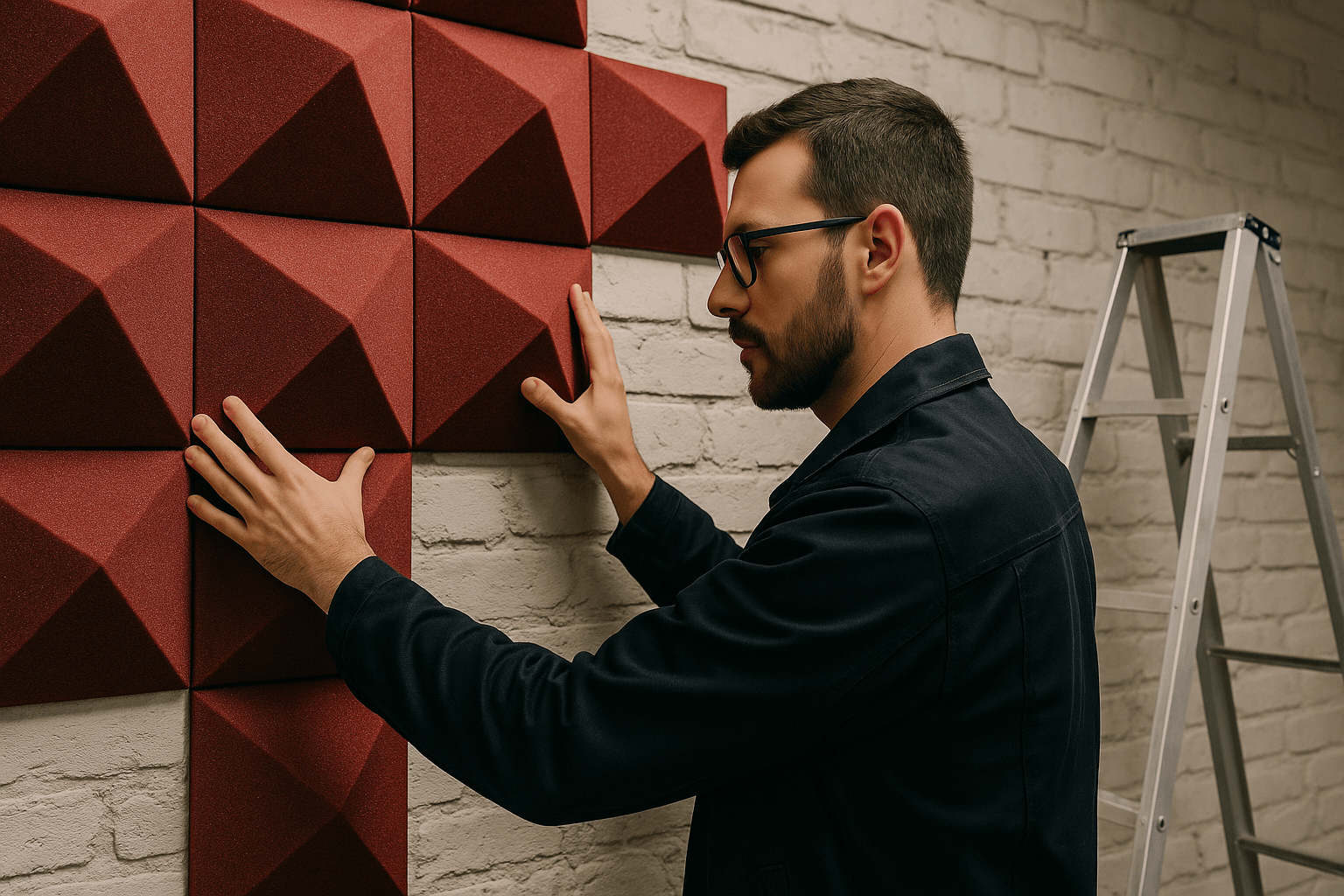Consequences for health... and the quality of work
Hearing is considered to be at risk from a level of 80 decibels during an 8-hour working day. Moreover, if the instantaneous level is extremely high (over 135 decibels), any exposure, even for a very short time, is dangerous. Exceeding these values can lead to hearing fatigue (reversible phenomenon) and deafness (irreversible phenomenon). Deafness can be recognized as an occupational disease.
Noise also causes discomfort, cognitive fatigue and stress, as well as cardiovascular and sleep disorders. What’s more, it doesn’t just affect your health: by preventing you from concentrating, it also impairs the quality of your work and can even be the cause of accidents.
Act as far upstream as possible
French regulations focus on three main areas:
– Prevent exposure risks by acting as early as possible on the working environment: to this end, taking noise risk into account when designing machines and workplaces is the most effective preventive measure. The aim is to reduce noise at source and to act on the propagation of noise in the work area (acoustic treatment of work areas, partitions, machine enclosures, etc.);
– Assessing noise exposure risks: it’s important to understand and characterize employees’ exposure to noise in the workplace. This characterization involves identifying noise sources and propagation modes and, if necessary, taking measurements. In the specific case of open-plan offices, exposure can also be characterized by assessing employees’ feelings using questionnaires;
– Protecting exposed workers: French regulations require the implementation of specific preventive and protective measures depending on noise exposure levels, such as providing employees with individual protectors (e.g. earmuffs, earplugs) or implementing a noise exposure reduction program. In addition, employees assigned to workplaces presenting particular risks must undergo reinforced individual health monitoring (SIR), and may benefit from a preventive audiometric examination.


